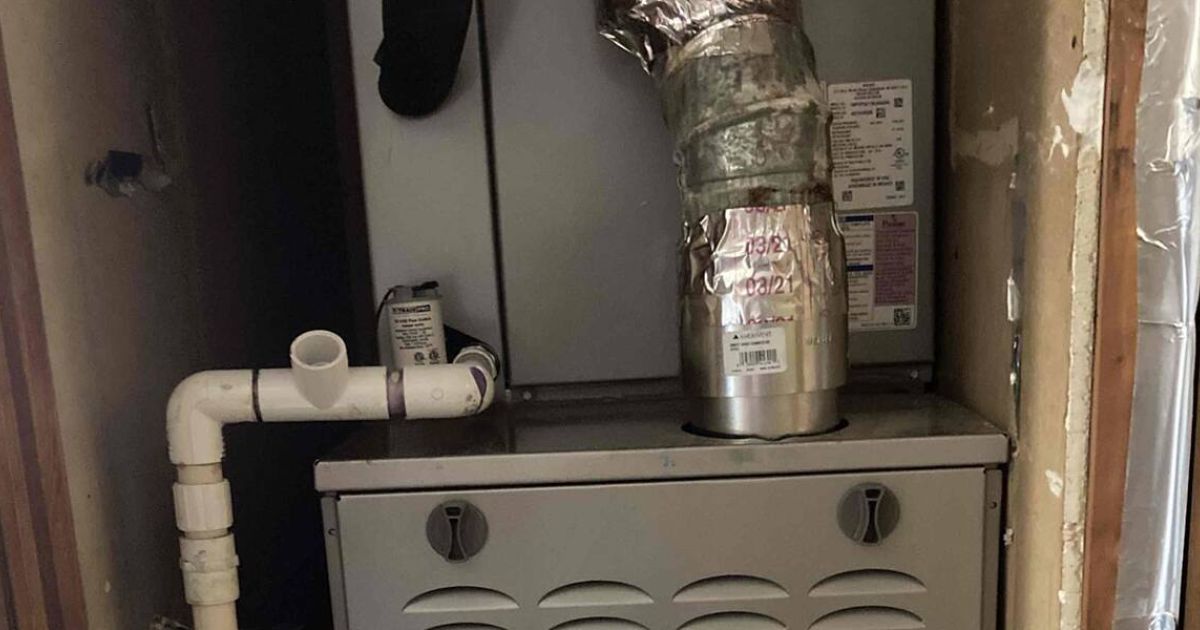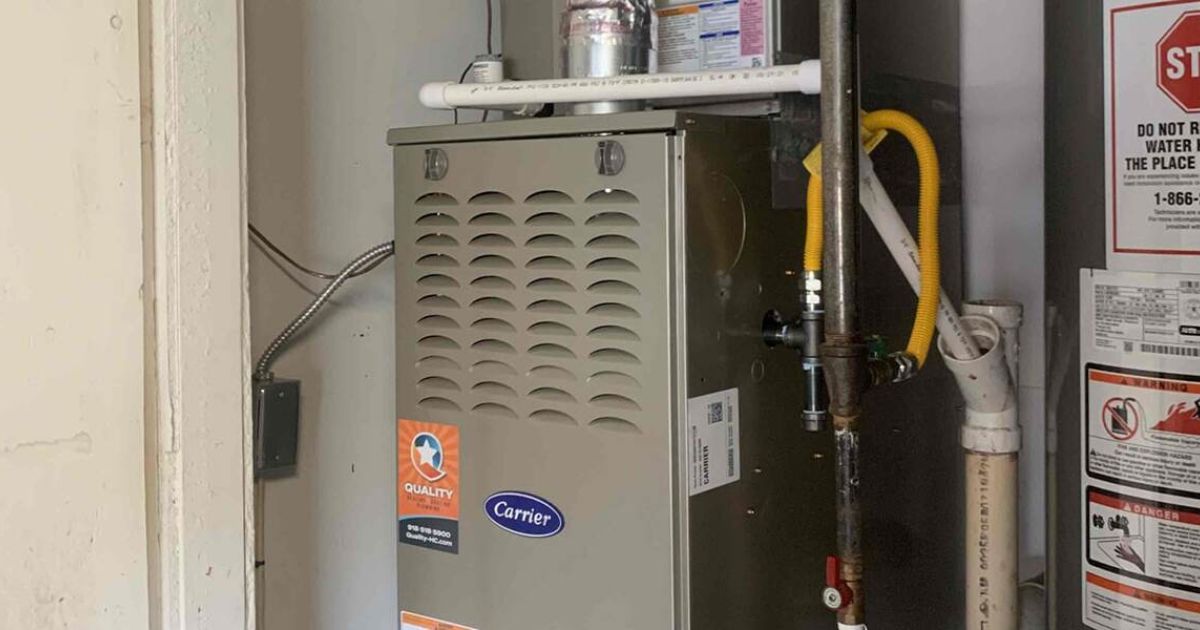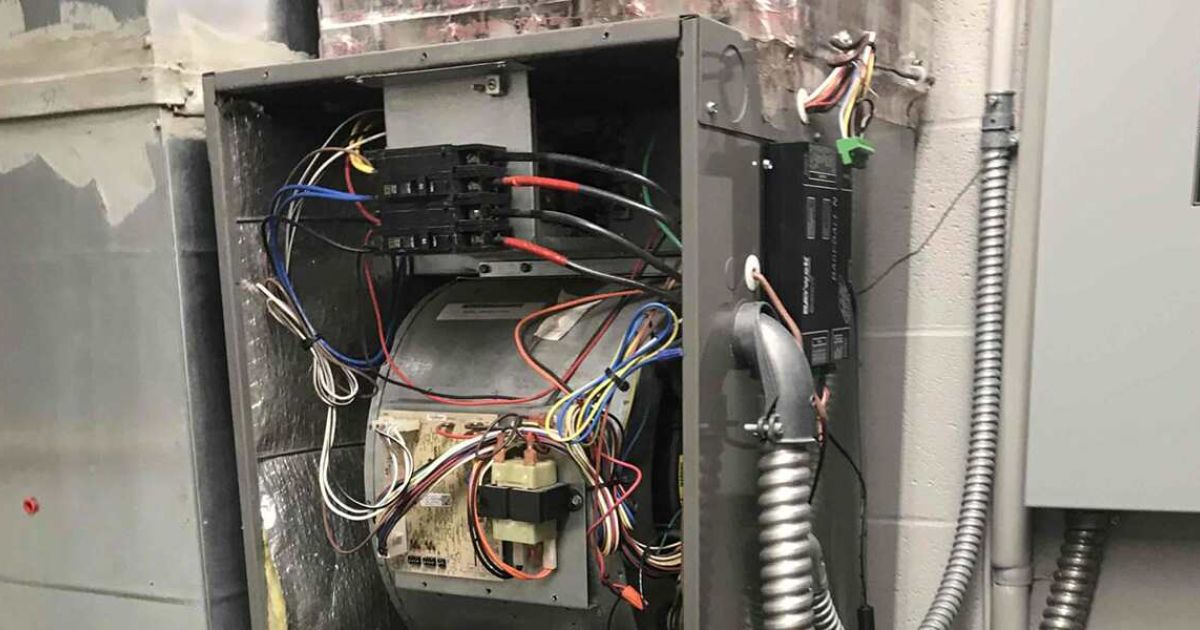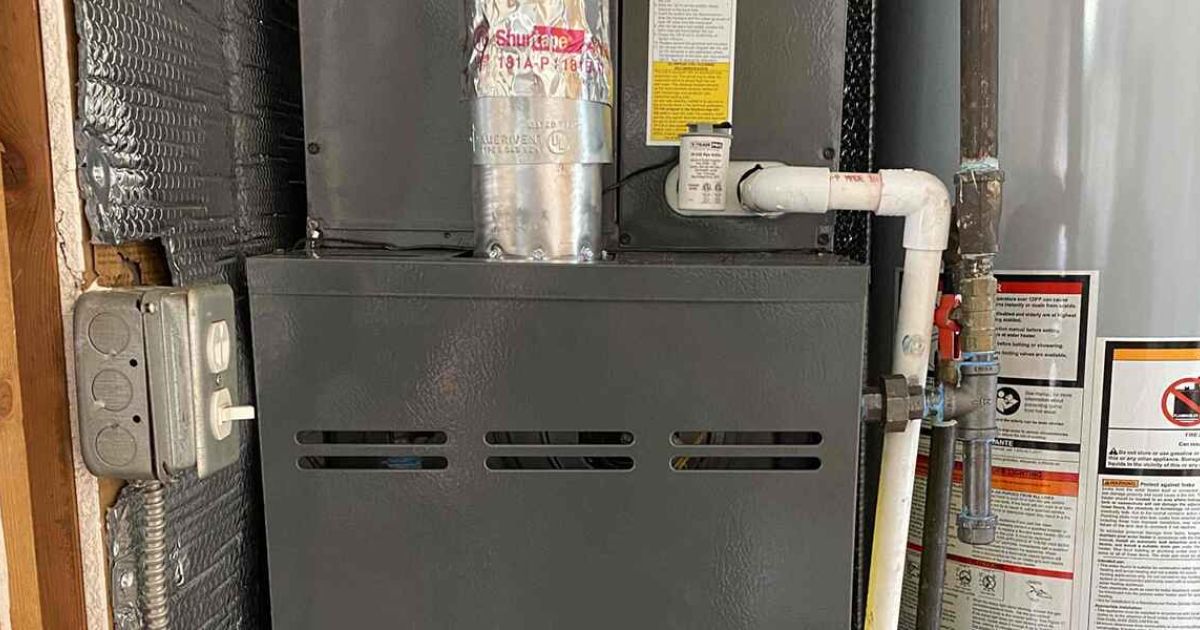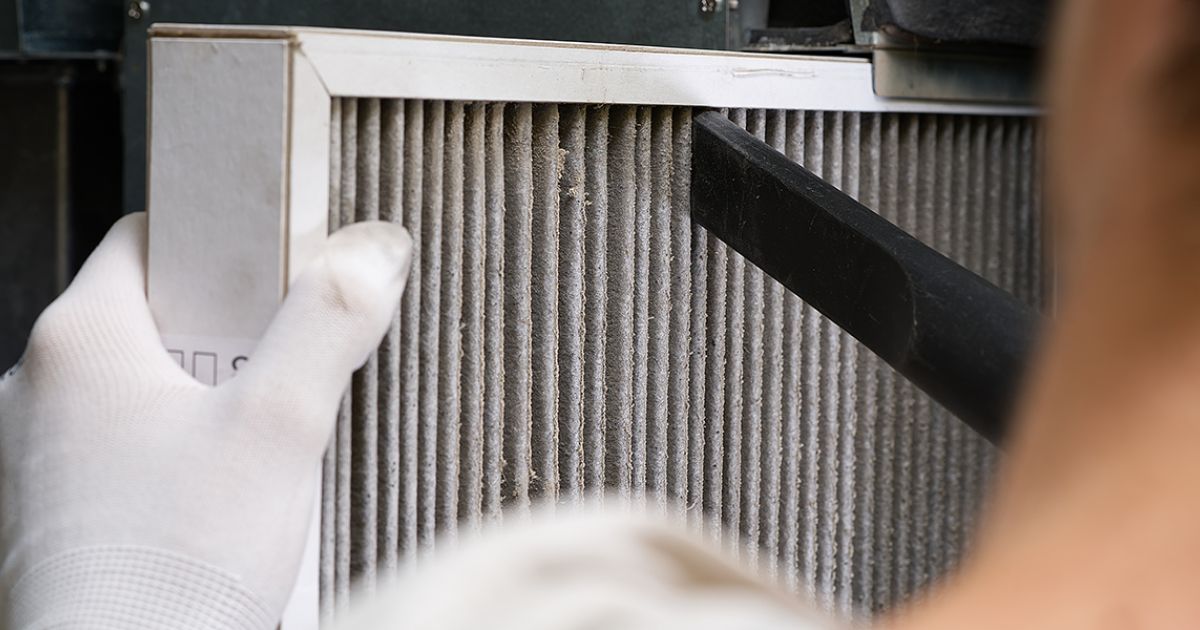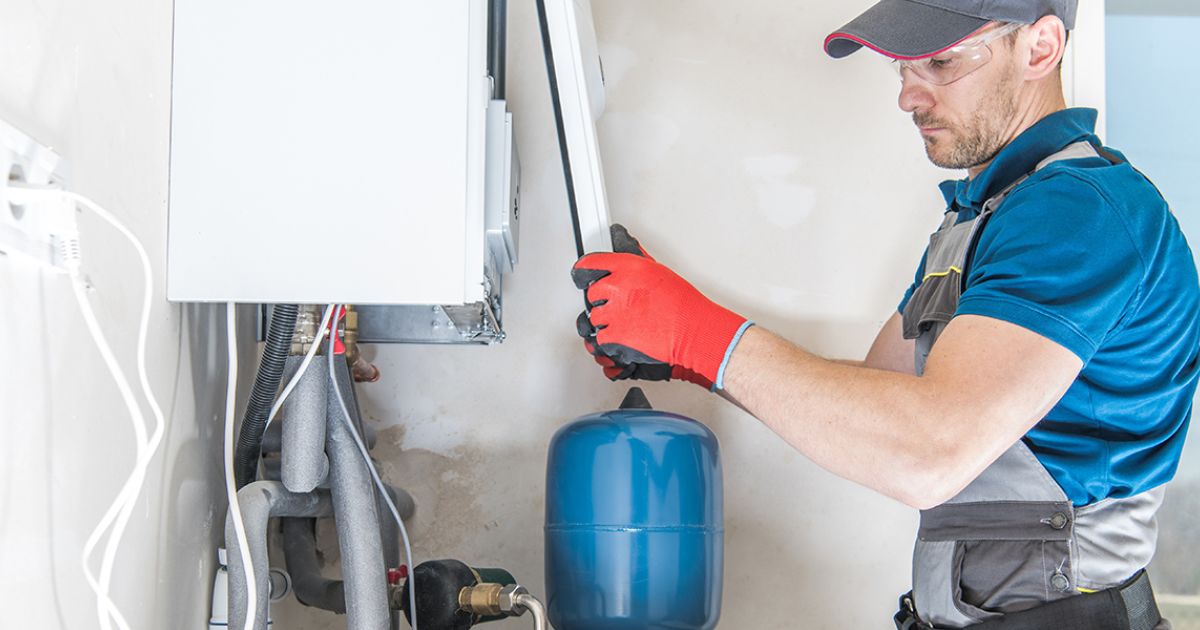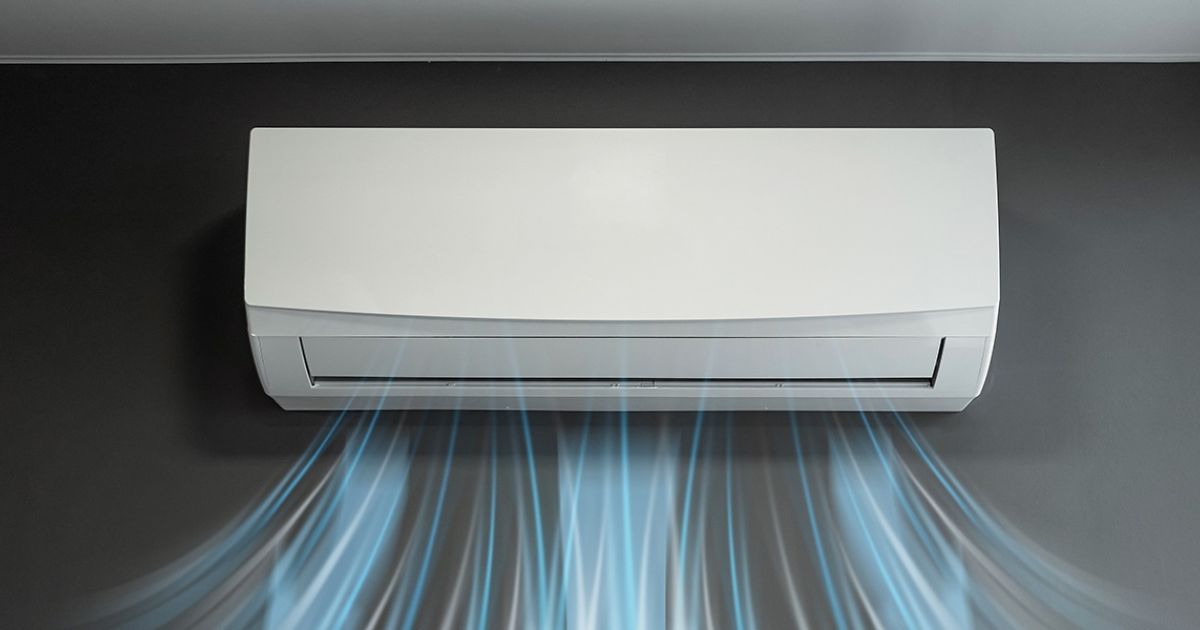
Discover your AC efficiency rating by calling Quality Heating, Cooling, & Plumbing at 918.212.0122!
Buyers come across different AC efficiency ratings while searching for new HVAC systems for their heating and cooling needs. A higher conditioner efficiency translates into better energy savings.
Different efficiency ratings exist to evaluate other HVAC systems and components. However, for a central air conditioner or heat pump, SEER ratings pop up the most. A positive SEER rating helps customers identify units that fulfill their cooling needs.
While a high SEER rating doesn’t automatically mean a particular HVAC model is the right choice, it certainly narrows options.
We’ll explore everything you need about AC efficiency ratings for your next purchase. Then, you can pair your new AC unit with heating and cooling services in Tulsa from Quality Heating, Cooling, & Plumbing.
What to Know About SEER Ratings
SEER stands for Seasonal Energy Efficiency Ratio and measures a heat pump or air conditioner’s overall efficiency. Manufacturers calculate SEER ratings by dividing an air conditioner’s output throughout its standard cooling period by the total energy amount it uses.
Under SEER, cooling systems fit within one of three categories:
- An entry-level efficiency — 13 to 16 SEER
- Mid-level efficiency — 16 to 18 SEER
- High efficiency — 20 or more SEER
Minimum SEER Levels Required
Under The U.S. Department of Energy (DOE) standards, current cooling systems must meet a SEER level of at least 13. However, specific states have stricter requirements.
The DOE requires systems manufactured after 2015 to have at least 13 SEER for northern states. In southern states, however, the minimum is 14.
In 2023, these standards will increase by one (14 SEER in northern states and 15 SEER in southern states). Luckily, these increases won’t affect air conditioners bought before 2023.
What Is My Ideal SEER Rating?
A good SEER rating depends upon your and your family’s needs and home. For example, a large house in a humid, hot climate might require a SEER level of at least 20 for optimal home comfort.
Likewise, a smaller home in a region with less humidity will likely waste energy costs by having a SEER level of 20. For these reasons, it’s essential to recognize that you shouldn’t purchase a unit based solely on its SEER rating.
Luckily, the market hosts many options appealing to different needs and budgets, including models shooting 26 SEER or higher. We recommend a SEER level of 16 to 18 for most average-sized homes.
SEER Versus EER Ratings
An EER (Energy Efficiency Ratio) rating is similar to a SEER AC efficiency rating because they measure a unit’s cooling capacity and performance. An EER rating even uses the same formula as a SEER rating.
An EER rating differs from a SEER rating because it doesn’t account for seasonal temperature changes like a SEER rating. In other words, an EER rating measures air conditioners remaining at a consistent temperature—common with smaller units mounted to windows.
Since most household air conditioners’ temperatures change throughout the day, people use a SEER rating more often.
The Benefits of a Higher SEER Rating
While a SEER rating shouldn’t solely determine your next AC purchase, it carries excellent benefits.
Increases in Comfort
When an air conditioner has a SEER rating of 16 or more, it most likely contains two-stage and variable-speed cooling settings:
- Two-stage: A two-stage system has both a 100% and a lesser capacity, typically 70%. The lower environment better regulates your home’s temperature. AC units less than 16 SEER are typically single-stage systems, meaning they only have a 100% capacity.
- Variable-speed systems: These systems sometimes contain up to 700 distinctive settings, falling between 30% and 100%. This wide range allows you to adjust your home’s temperatures precisely. These systems typically carry 20 or more SEER.
Reduction in Energy Costs
Air conditioners carrying two-stage or variable-speed systems significantly reduce a home’s energy bills.
For example, a single-stage system functions as if it’s the hottest day of the year. This process results in units over-cooling homes during cooling periods and turning on and off more, sucking up massive amounts of energy.
Homeowners configure a two-stage system to run on a lower setting during cool seasons. For example, instead of functioning at 100% capacity during a slightly hot autumn day, a two-stage system can operate at 70% instead. This feature means a two-stage system uses less energy.
A variable-speed system takes the energy efficiency process even further. Lower energy settings mean considerable reductions in energy usage and bills. A variable-speed system maintains the highest SEER ratings for this reason.
Decreases in Humidity Levels
Two-stage and variable-speed systems also decrease a home’s overall humidity levels compared to a single-stage system. In addition, an AC unit reduces humidity levels the longer they operate. This process also helps distribute air throughout your home.
One advantage single-stage systems have is their ability to cover more ground floor with their cooling. However, these systems often don’t operate long enough to correctly distribute cool air throughout your home.
Finding the SEER Rated Unit Right For You
Before buying a system based on its SEER AC efficiency rating, consider your cooling goals. The highest-rated SEER unit is probably overkill if you already have decent airflow and want to lower energy costs.
Homeowners with outdated systems find success with 13 SEER modern units. Additionally, consider how much you run your AC unit during the summer. Homeowners that barely use their units probably won’t notice significant energy savings.
You should also consider the size of your home as larger homes with multiple stories typically benefit from mid or highly-efficient AC units. Mid and high-efficient AC units also take up more space.
Call Quality Heating, Cooling, & Plumbing Today
A higher SEER efficiency rating means a more efficient AC unit. However, an AC efficiency rating shouldn’t be the only factor when purchasing or replacing your AC unit. Another way to save money is by scheduling regular HVAC maintenance services.
Know about tips on prolonging HVAC lifespan and how AC efficiency ratings play a role by calling Heating, Cooling, & Plumbing at 918.212.0122!

Cassie Pound is the Vice President of Quality Heating, Cooling, Plumbing & Electric with locations in Tulsa, Glenpool, and Bartlesville, Oklahoma.


